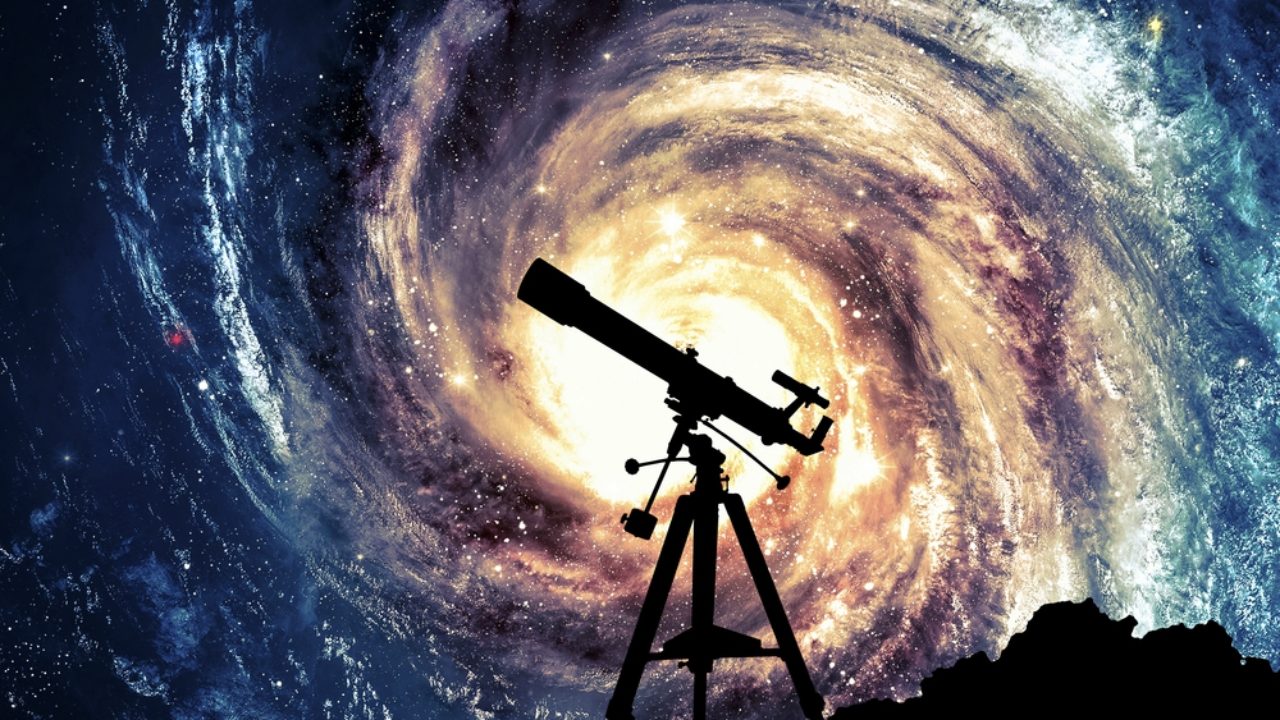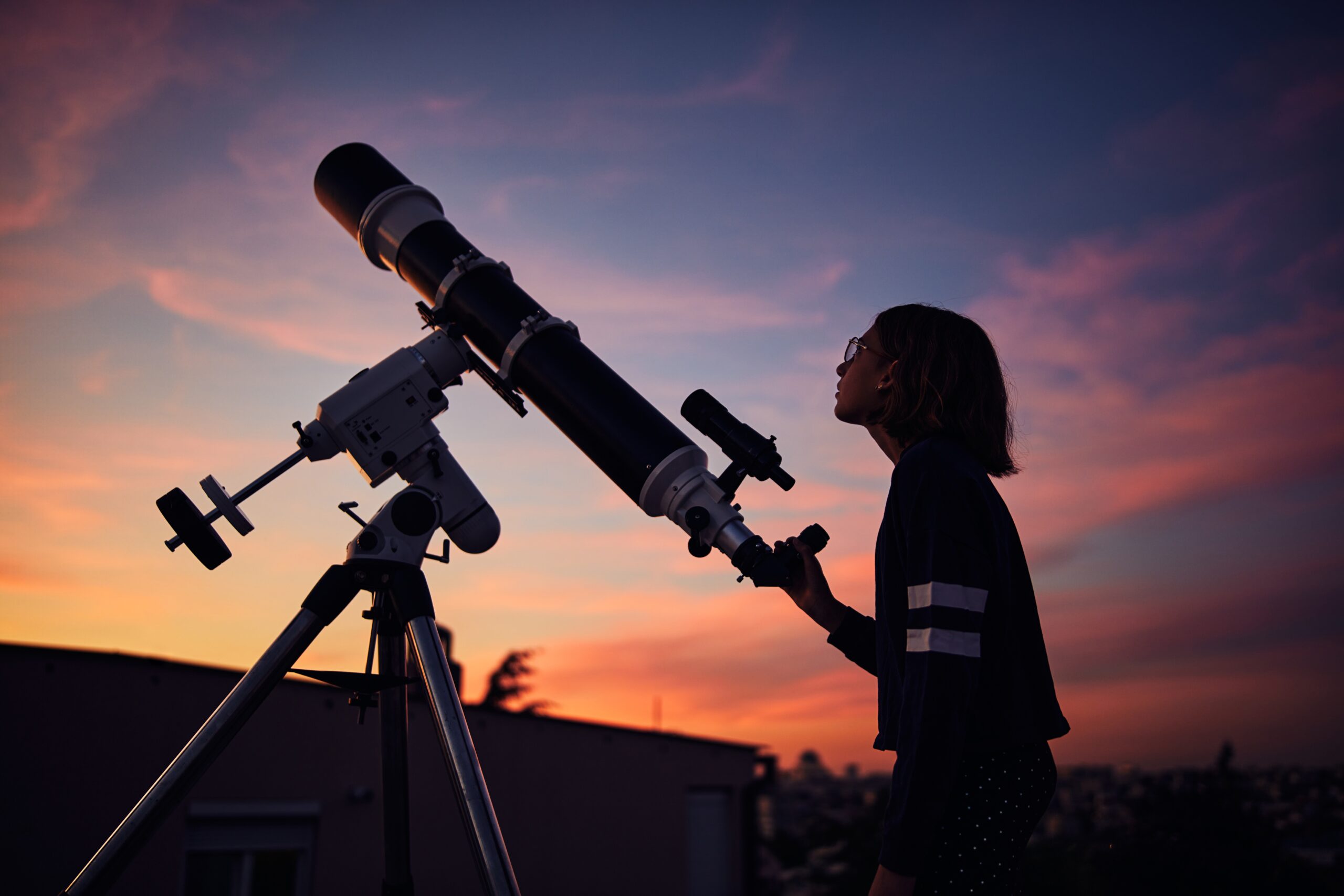Astronomy; Definition, Types, History and Facts
- Home
- chevron_right
- Astronomy
- chevron_right
- Astronomy; Definition, Types, History and Facts
The word astronomy often reminds people of staring at the night sky, this forgotten nature, and the beautiful images taken by telescopes. If this is not the case. Ever since man became aware of the existence of the world around him, he has looked at the sky with fear and wonder and considered it a source of lasting and enchanting passion. Fear and wonder compel a man to study, analyze and produce science. On this basis, man has made an effort to solve the mysteries of the sky and has created astronomy. Join us in the rest of the article to learn more about this science.
Definition and Meaning of Astronomy
Astronomy refers to the study of the position, changes, motion, and physical and chemical properties of “celestial phenomena,” including stars, planets, comets, galaxies, black holes, nebulas, and phenomena such as aurora borealis and cosmic background radiation, which originate outside the Earth’s atmosphere.
History of Astronomy
Before the invention of the telescope, around the seventeenth century, astronomy was based on observation with the naked eye. At first, people mapped the location of stars and planets in the sky.
The most civilized had a system for mapping the skies, and we know that astronomy today has its origins in the theories of the ancient Greeks. In 150 AD, a Greek astronomer and mathematician named Claudius Ptolemy wrote a treatise on astronomy. He listed the 48 constellations known as constellations, such as Orion, Bersavus, and others, which are mostly named after myths.
Just as when we look at clouds we think of them as shapes of familiar objects, so Ptolemy saw familiar shapes in the grouping of stars.
Ptolemy also noticed that the stars seemed to move across the sky, he said that all celestial bodies move around the Earth, which stands motionless at the center of the universe. This scientific theory had been accepted for centuries. Ptolemy’s theory of the universe was called the Center of the Earth because the Earth is at the center of the universe.
It took a long time to accept the fact (that the Earth revolves around the sun). In 1543, a Polish astronomer named Nicolas Copernicus published De Revolutionibus, which stated that planets orbit the sun, but his theory contradicted the teachings of the Catholic Church, which was the most powerful social and political organization of the time. Ideas such as the design of the central sun, which were novel in the world of thought, deserved the death penalty.
So even if several other astronomers accepted Copernicus’ plan, they would be afraid to acknowledge it. In 1632, Galileo Galilei, one of the most prominent astronomers in history, finally published a book in support of Copernicus’ theory. In 1992, the Roman Catholic Church formally agreed with Galileo and Copernicus.
Types of astronomy
-
Astrometry
Astrometry is a branch of astronomy. This science deals with the measurement of the motion of celestial bodies as well as the reasons for the change of these places over time. Methods and equipment used for measurement are an important part of Astrometry. Astrometry deals with precise calculations and descriptions of the locations and movements of astronomical objects, including stars, black holes, nebulas, and planets. The results of this science are in achieving the origin and galaxy of the Milky Way. And the solar system, and ultimately the universe, is very vital.
-
Planetary
In this branch of astronomy, astronomers study planets, moons, dwarf planets, comets, asteroids, and other celestial bodies orbiting the sun, as well as extrasolar planets.
This branch of astronomy explores new planets in new systems by providing bio-astronomy, astrophysics, planetary science, earth chemistry, astronomical chemistry, and astronomical geology. Astronomers use telescopes and spacecraft to study the solar system. Although the information gives us a good understanding of how our planetary system originated and evolved, many discoveries are still being made.
-
Astrophysics
It discusses the structure, physical properties, chemical compositions, and internal evolution of stars, studies the apparent and actual motions of stars and positions, and attempts to understand the mechanism by which the universe came into being.
This part of astronomy itself consists of two parts:
- A) Applied astrophysics: (mainly applied astrophysics) mainly designs astronomical tools and instruments and is the applied study of astronomical methods.
- B) Theoretical astrophysics: which explains and determines astronomical phenomena with the help of the laws of physics.
-
Astrochemistry
This branch of astronomy studies the chemicals in space, especially molecular gas clouds, and how they form, interact, and die. Therefore, this field has common topics with the fields of chemistry and astronomy.
-
Astrobiology
Astrobiology examines whether extraterrestrial life exists and, if so, how humans can detect it. Astrobiology uses molecular biology, biophysics, biochemistry, chemistry, astronomy, physical cosmology, extrasolar planets, and geology to study the possibility of life on other planets and to help identify biospheres that may be different from Earth. Slowly The original origin and evolution of life are an integral part of astronomy.
-
Stellar
The study of stars and how they evolved is essential to understanding the universe. The physical properties of stars are determined by observational observations, theoretical data, and computer simulations. This branch of astronomy is called stellar astronomy.
-
Solar
In general, Solar astronomy examines the structure of galaxies with a preference for the Milky Way galaxy. Galactic astronomers study our galaxy, the Milky Way, and extragalactic astronomers study all the extraterrestrial objects in our galaxy. They want to find out when these stars form, change and die.
-
Cosmology
This course examines the general laws of the natural and material evolution of the universe and its structure. Observing the great structure of the universe is introduced in the science of physical cosmology and is an effective step in better understanding the origin and evolution of the universe. In other words, Cosmology considers the universe in general and studies it.
What is optical, infrared, and radio astronomy?
-
Infrared
In infrared astronomy, we deal with the detection and analysis of infrared waves (with a wavelength greater than the red wavelength). A telescope is usually used for this purpose, but we also need a sensitive detector. Water vapor in the Earth’s atmosphere absorbs infrared waves, so infrared observation centers should be built in high, dry places or outside the Earth’s atmosphere. Space telescopes are not sensitive to the propagation of heat in the Earth’s atmosphere, or the transparency of the Earth’s atmosphere, and when we use them, we no longer face the hassle of observing at infrared wavelengths. Infrared observations are very effective in observing areas of the galaxy that are covered in dust
-
Optical
Throughout history, most astronomical data have been generated using optical astronomy. In optical astronomy, we study the wavelengths of light in the infrared to ultraviolet range using optical elements (such as mirrors, lenses, CCD detectors, and photographic films). Visible light (wavelengths seen by the human eye, ranging from 400 to 700 nanometers) is in the middle of this range. The telescope is the most important astronomical observation tool with spectrographs and electronic cameras
-
Radio
Radio astronomy refers to the study of radio waves emanating from sources beyond the Earth. The amount of frequency or wavelength received on Earth depends mainly on two factors: atmospheric conditions and technological progress.
Conclusion
Astronomy is the science that studies and studies phenomena outside and inside the Earth‘s atmosphere. It studies the study, origin, evolution, and physical and chemical properties of objects observed in the sky and space, and the world in general. this is a science and the science of astronomy means a lot of continuous work and the science of mathematics and physics.
References:
Table of Contents
Recent Posts
- What is Gravity?
- whirlpool galaxy (Messier 51); Facts, Location, Type
- Astronomy; Definition, Types, History and Facts
- Draco Constellation; Facts, Myth, Location, Stars
- Cassiopeia Constellation: Facts, Myth, Location, Stars
- Zodiac Constellations; Facts, Stars, Symbols, Dates, Signs
- Atik Star Omicron Persei; +10 Facts, Myth, Features
- Algol Star β Persei; +10 Facts, Myth, Features
Suggest Posts
- What is Gravity?
- whirlpool galaxy (Messier 51); Facts, Location, Type
- Astronomy; Definition, Types, History and Facts
- Draco Constellation; Facts, Myth, Location, Stars
- Cassiopeia Constellation: Facts, Myth, Location, Stars
- Zodiac Constellations; Facts, Stars, Symbols, Dates, Signs
- Atik Star Omicron Persei; +10 Facts, Myth, Features
- Algol Star β Persei; +10 Facts, Myth, Features
Categories

Nazanin Teymoori
Hi there, I am Nazanin, a member of the Aquilae Constellation team. And also the author of all the texts of this blog.
I am delighted that after many years of great interest in astronomy, I launched this website with the help of our professional team. We have many challenges ahead of us, but we promise ourselves that we will overcome everything.
I love astronomy So Let's go






